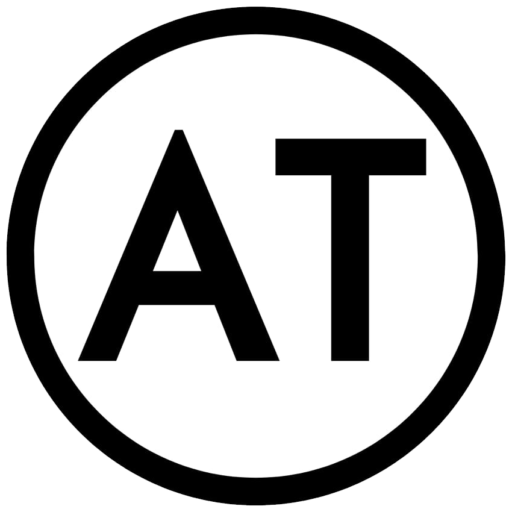If there’s one thing every business owner wants, it’s more website traffic. But is more traffic really the answer? Not necessarily. If your content isn’t reaching the right people, it won’t lead to increased revenue. Instead, what you need is better-quality traffic, which is where ranking well for high-intent keywords comes in.
Why prioritize high-intent keywords? Consider this: the No. 1 Google search result for a given query has an average click-through rate (CTR) of 27.6 percent, while the page in spot No. 10 gets only a fraction of that. If your goal is to grow your business, it’s clear that you want to aim for the top spot.
But how do you achieve it? In this post, we’ll discuss how to choose the right keywords for your content, how to improve your SEO keyword rankings for existing content, and how to use keyword ranking SEO tips and best practices to maximize your chances of ranking high.
What Is Keyword Ranking in SEO?
Let’s start with the basics: what exactly is keyword ranking in SEO? In simple terms, a “keyword” in SEO refers to a word or phrase that someone enters into a search engine like Google or Bing. Your “keyword ranking” refers to your position in the search results for a given search query.
How to Choose Keywords That Can Get You to the Top Spot
To choose the right keywords to help achieve a top-ranking position, you need to follow a few key steps:
- Research and compile a list of topics to cover
- Plug your target topics into a tool like Ubersuggest
- Drill down into the data to find the best keywords for your topics
As you conduct your research, keep in mind several data points that will be useful, such as search volume, CPC, SEO difficulty, and paid difficulty.
Applying Keyword Ranking SEO Tips and Best Practices
While ranking well for high-intent keywords is crucial, it’s not enough on its own. To win top spots in Google’s rankings, you need to apply keyword ranking SEO tips and best practices. Here are a few tips to get you started:
- Optimize for featured snippets
- Use the primary keyword strategically
- Optimize meta descriptions
- Use heading tags
- Streamline your page speed
- Use anchor text with keywords
The Final Word
Choosing the right keywords and optimizing your content isn’t easy, but it’s crucial if you want to maximize your chances of ranking in the top spots on Google. By following the steps outlined in this post and applying the keyword ranking SEO tips and best practices provided, you’ll be well on your way to attracting high-quality, targeted traffic that can help your business grow.



